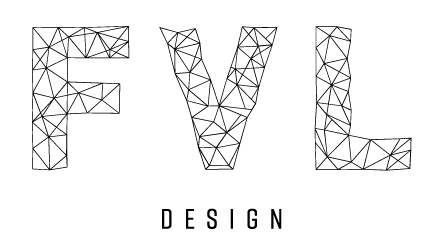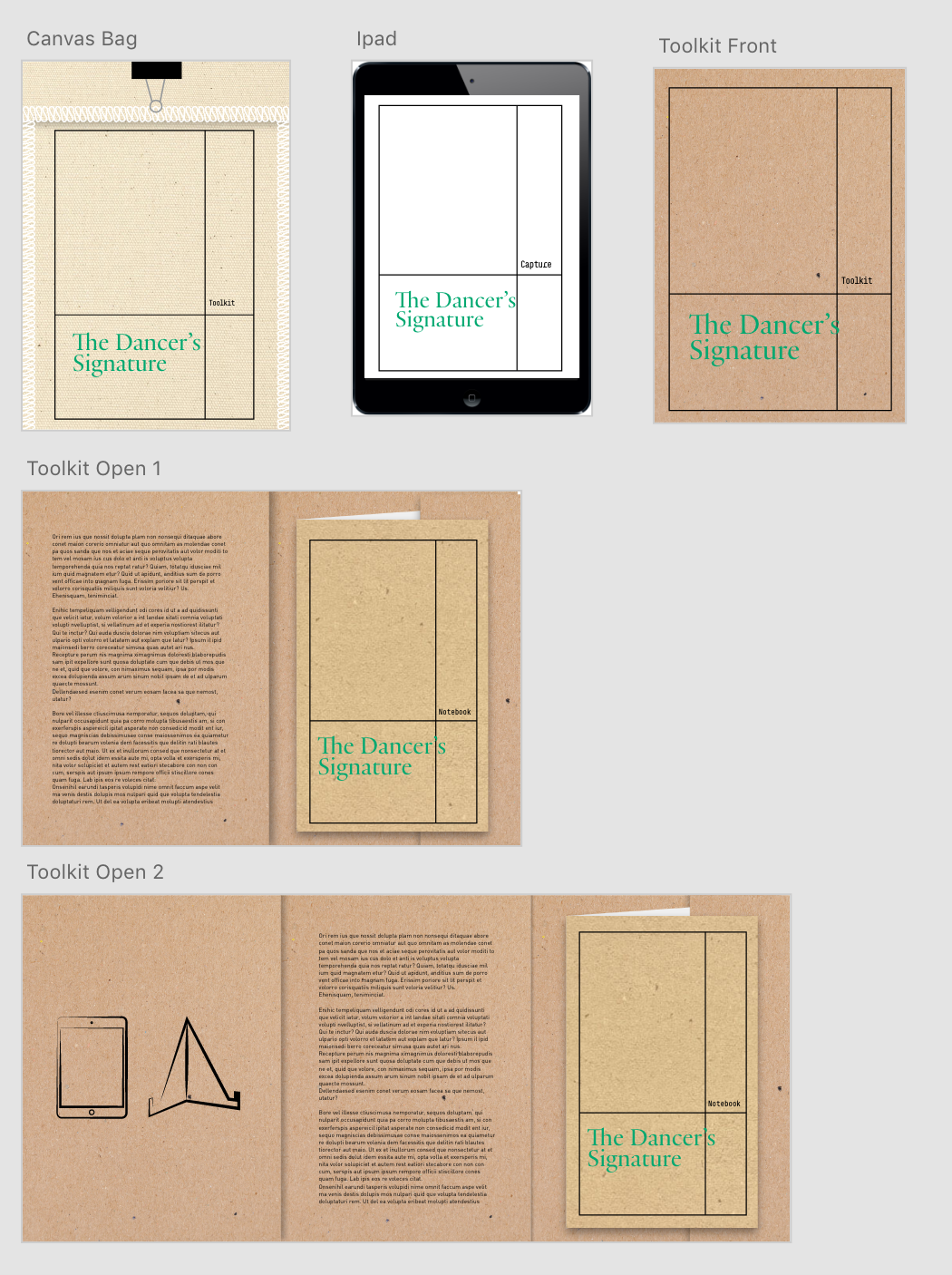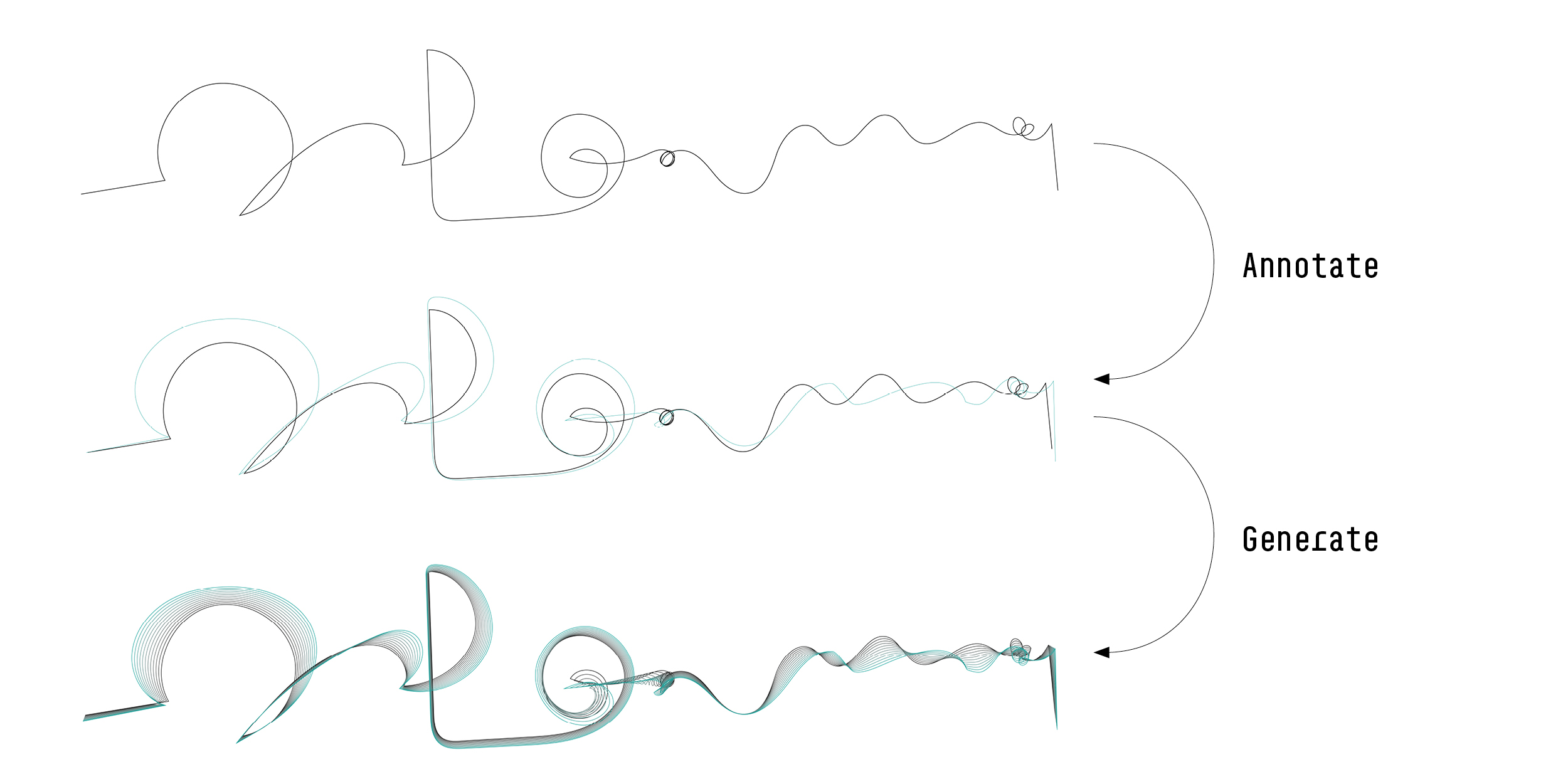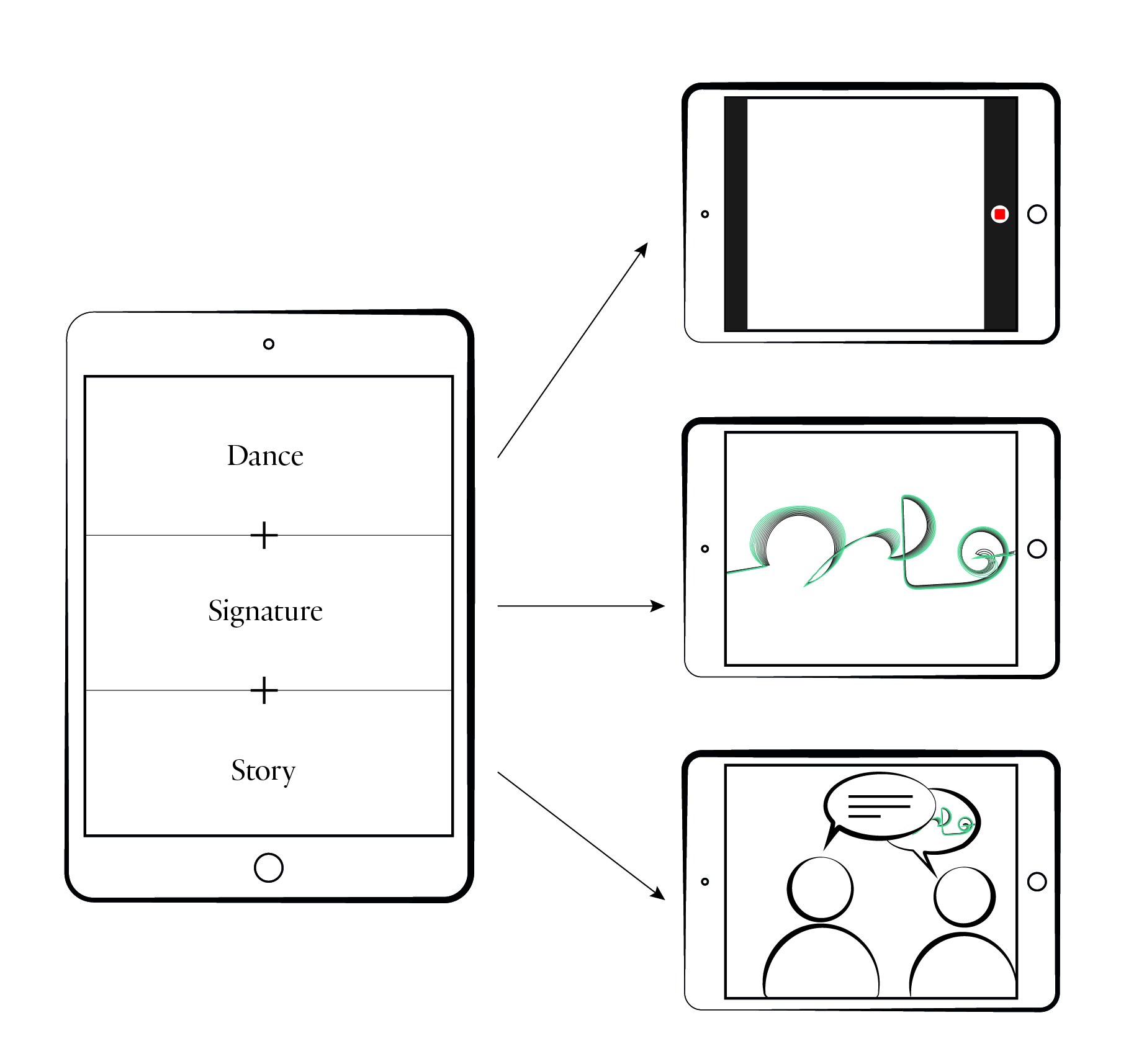The Dancer’s Signature – Toolkit
Final Concept
The dancer’s signature is a toolkit that allows for meaningful and authentic stories from the dancer to their audience. More specifically the Dancer’s Signature helps the dancer to communicate how they experience their choreography.
The dancer is requested to draw out how he or she experiences a specific phrase of a performance. Through this ‘signature’-drawing, the dancers are invited to reflect on how they experience this phrase. Moreover the signature functions as a support to communicate this experience to others.
By capturing this experience, we can help audiences to understand how dancers experience the choreography. Which hopefully results in a closer connection with the dancer.
Design Considerations
During my last session with the dancers at Scottish Ballet, we were able to create valuable signatures and stories both on paper and digitally. An important challenge for now is to design a toolkit, which elicits the same meaningful and authentic stories, without support of a designer.
At first this toolkit has to be integrated into the every-day practice of the dancers and Scottish Ballet in general. A simple but engaging toolkit should allow for drawing experience signatures and storytelling in the everyday routine of the dancers. Therefore a notebook/dummy is the main tool for this ‘collect’ phase, which some of the dancers already keep. Only if this activity becomes a routine for the dancers, the experience signatures can become a succes. Since it will bridge several seasons and the dancers will become better at it.
During the second phase, the ‘capture’ phase, the personal notes and signatures are captured into materials that can be used to share with the audiences. A digital platform is used to guide the dancers through all the stages. An iPad application ensures dance, signature and story are collected and combined into one package. The iPad is only required in the capture phase, so no unnecessary hassle for the dancer.
An important part in the capture phase is the annotation and design of the signature. At first they draw the signature on the iPad. In the second phase they annotate the first signature with another, highlighting specific parts. At last these two signatures are used by the program to generate a signature that looks beautiful, but still captures all the qualities that were annotated by the dancers. By doing the annotation themselves, the dancers can create a reflection moment towards what they want to express with their signature. This makes capturing the story easier.
The last phase of this system is the share phase. Having the combination of dance + signature + story creates opportunities to implement this in various ways in the customer journey of the audience. In my next blogpost I will elaborate more on this.




